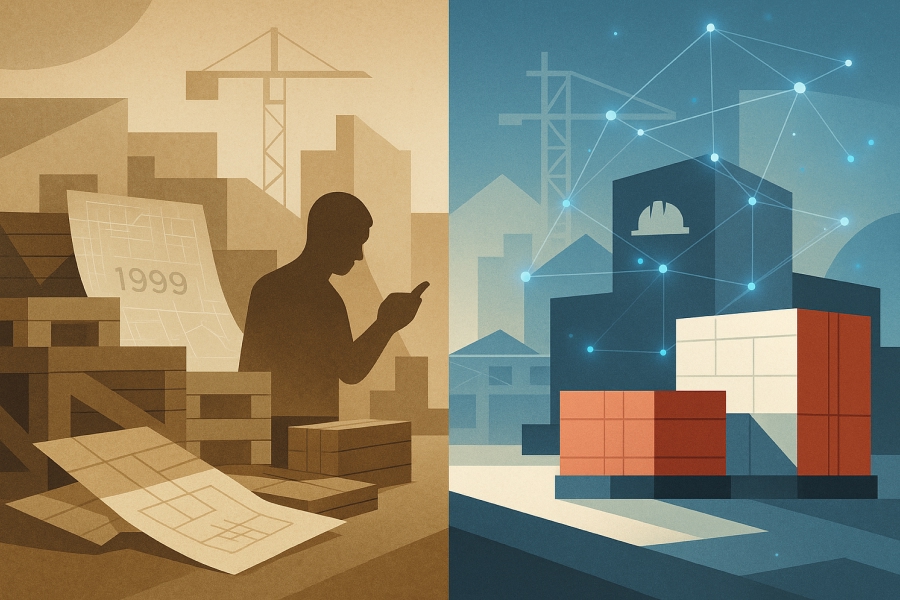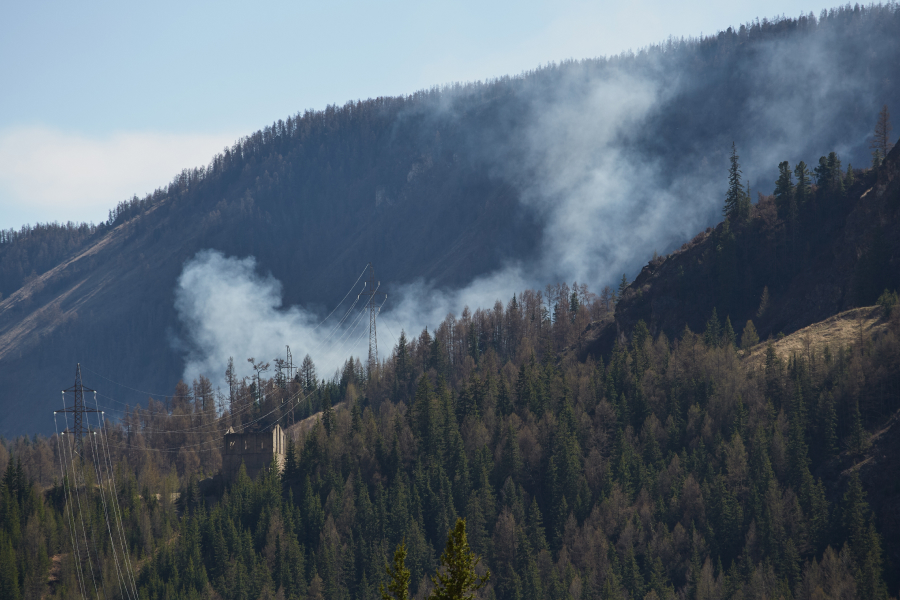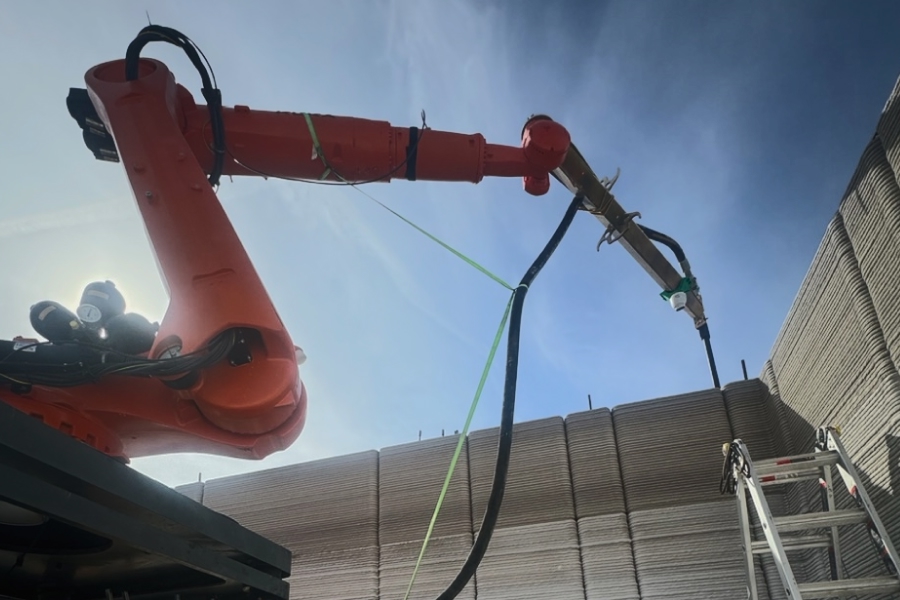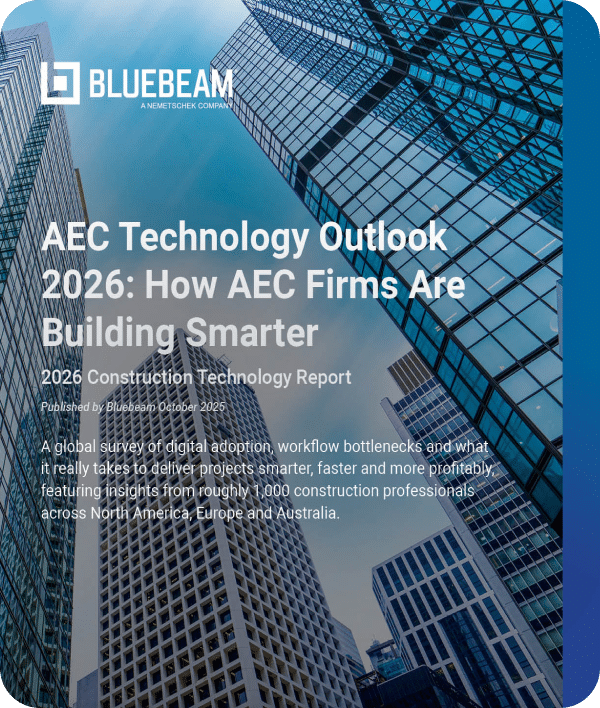Everyone loves the idea of a paperless jobsite. No clipboards. No coffee-stained drawings. Just seamless digital workflows.
But let’s be honest: we’re not there yet—and that might be a good thing.
The real opportunity isn’t eliminating paper. It’s eliminating confusion. This article explores how construction teams can focus on clarity, trust and hybrid workflows to build smarter—not just more digital—jobsites.
Why the Paperless Jobsite Is Still a Work in Progress
Construction has been chasing the dream of a paperless jobsite for more than a decade. From field tablets to cloud-based platforms, technology promises faster collaboration and cleaner documentation.
But paper hasn’t disappeared. And that’s not necessarily bad.
“Paperwork is homework—no one wants to do it,” said Brent Nieder, vice president of product at GoCanvas, a workflow automation tool for field work teams. “But if the information needs to live beyond today, then it shouldn’t live on paper.”
In other words: don’t chase paperless. Chase clarity.
What Should You Digitize—and What Can Stay on Paper?
Despite the proliferation of construction tech, paper still plays a role in fast-paced, task-based work.
“If you’ve got a circular saw and you’re ripping through two-by-fours, and you need to write down your measurements, you don’t need to log that into something,” Nieder said.
His colleague, Stephen Minus, GoCanvas’ director of professional services, added: “People use paper as a crutch. They don’t like it—they’re just used to it.”
The key is recognizing when paper creates bottlenecks: missed notes, duplicate work or miscommunication.
- Quick, personal notes or sketches? Paper is fine.
- Anything that affects the crew or project timelines? That belongs in your digital system.
How to Avoid Digital Tool Rollout Failure
Digital tools fail not because of bad UX, but because of bad rollout strategies.
“Sometimes the idea of something is harder than actually doing it,” Minus said. “If you don’t have someone there who they feel can support them or answer their questions, they just won’t do it.”
Build Trust, Not Just Tech
“Find the champion in the field,” Nieder said. “Let them try it. Then let them tell the story.”
Real buy-in comes from peer-to-peer proof. When workers trust the tool—and see someone like them use it successfully—they follow.
Nieder recalled spending a day with a diesel tech repairing tower equipment. He didn’t just hand over the tool. He listened, iterated and adjusted. By the end of the day, the technician was convincing his crew to try it too.
“Don’t listen to me—I’m the tech guy,” Nieder said. “Listen to him.”
Involve Field Crews Early
Field vs. office is not a battle over paper. It’s a battle over process.
Digital adoption stalls when solutions are built in a vacuum. The best-performing companies co-design workflows with their field teams from day one.
“Give [workers] something, and they’ll tell you what’s wrong with it,” Minus said. “And that’s when it gets good.”
When crews feel like co-creators, not crash-test dummies, adoption becomes earned—not forced.
Checklist: Is Your Digital Workflow Field-Ready?
Before rolling out any new tool or process, ask:
- Can it be used without a how-to guide? The field doesn’t have time to troubleshoot.
- Was it tested with real crews under real conditions? If not, it’s not tested.
- Does it simplify—not complicate—the task? If it adds steps, it’s not an upgrade.
- Can someone pick it up cold and complete the task in 60 seconds or less? You’re not building a platform. You’re solving a problem.
- Is there a feedback loop? No feedback = no improvement = no adoption.
If you answered “no” to more than one, you’re not ready to launch.
Regulations Are Still a Roadblock to Going Fully Digital
Even if your team is ready to ditch paper, regulations might not be.
“There’s still enough regulation in place where a piece of paper has to be left on the jobsite,” Minus said. “Until the government really focuses on going paperless, some processes won’t be.”
Change is coming. In April 2025, the White House issued a memo directing all federal agencies to modernize permitting and adopt digital workflows by year’s end.
But systemic change takes time—and until then, paper remains part of the mix.
Hybrid Workflows Are Reality—And That’s Not a Bad Thing
In construction today, hybrid is the new normal. You’ll have a mix of analog and digital tools, and that’s OK—if the critical stuff doesn’t fall through the cracks.
“If it’s just for you, like a sketch or reminder, paper’s fine,” Minus said. “But if the information impacts documentation, billing or coordination, it needs to be digital.”
It’s not about banning paper. It’s about ensuring critical knowledge doesn’t die in a lost notebook.
Progress Isn’t Perfect—But It’s Possible
The dream of a paperless jobsite is still out of reach. But smarter, clearer and more field-friendly workflows? That’s available now.
“People can quickly acknowledge, ‘Hey, this isn’t bad—it’s just missing a couple things,’” Minus said. “The good news is, we can actually fix those things.”
Forget chasing digital perfection. Focus on making information flow faster and more reliably, whether it starts on a tablet or the back of someone’s glove.
Because construction isn’t about pretty tech stacks.
It’s about getting the damn thing built.











